How is air entrainment caused in a horizontal slurry pump?
In the previous chapter, we discussed the symptoms of a [...]
In the previous chapter, we discussed the symptoms of air entrainment in slurry pumps. Now let’s talk about the reasons for air entrainment in slurry pumps.
- Air leakage at the inlet of the slurry pump. If there is air leakage at the inlet of the pump, air will enter, causing air entrainment and eventually leading to air pockets.
- Blockage at the inlet of the slurry pump. If the inlet of the slurry pump becomes blocked, insufficient material supply will occur, leading to air entrainment.
- Insufficient pressure at the inlet of the slurry pump. If the inlet pressure of the slurry pump is insufficient, it can result in insufficient material supply, eventually leading to air entrainment.
- High temperature of the slurry at the inlet. When the slurry temperature is too high, vapor may be generated and cannot be discharged properly, causing air entrainment.
- Inlet valve of the slurry pump is closed or partially open. This will result in no or insufficient material supply to the pump, leading to air entrainment.
- Severe wear of the impeller or liner of the slurry pump. If the impeller or liner of the slurry pump is damaged or severely worn, it can result in inadequate pressure and cause air entrainment.
- Reversal of the slurry pump during motor wiring. If the slurry pump reverses, the impeller may detach, leading to air entrainment.

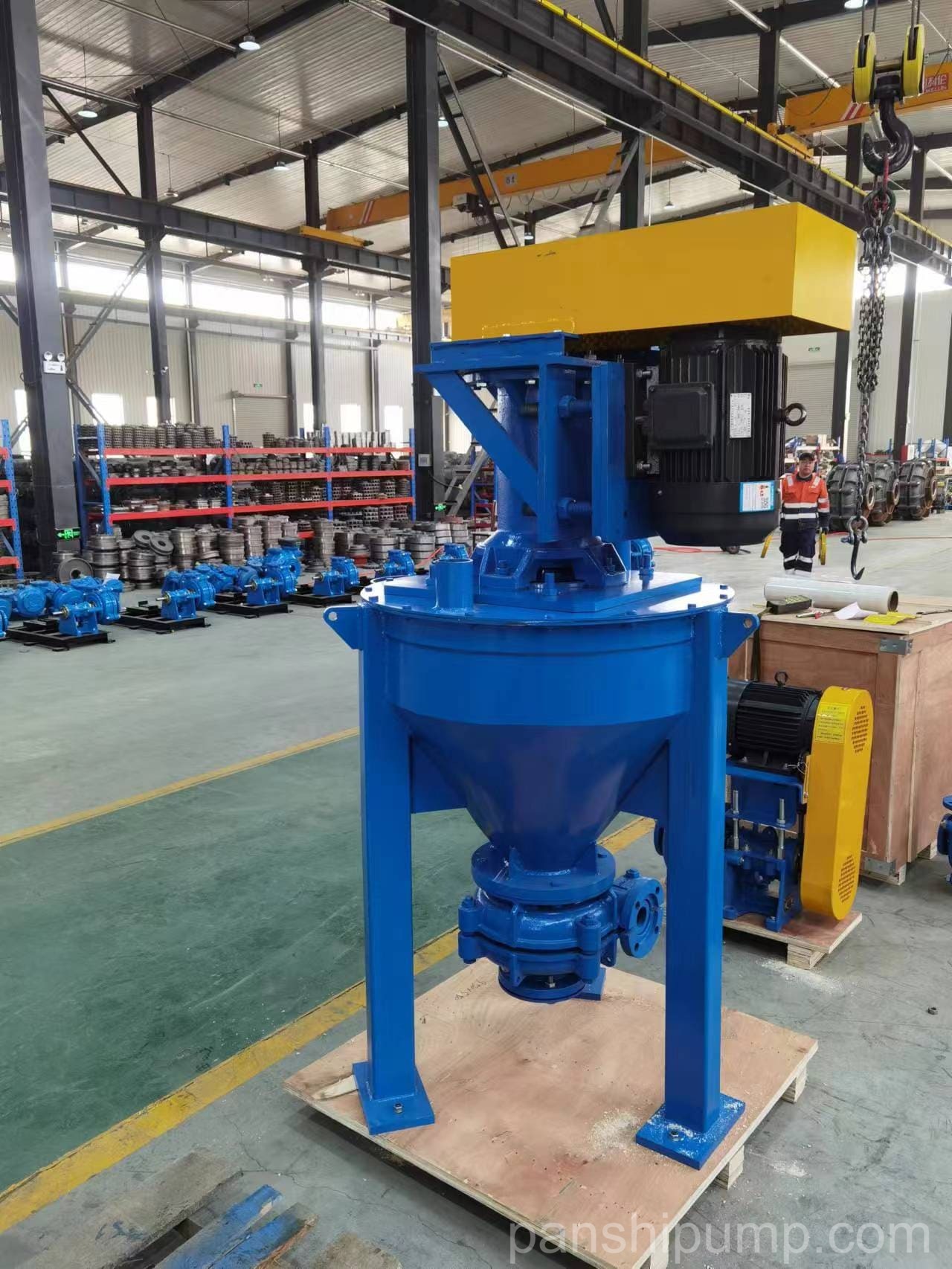
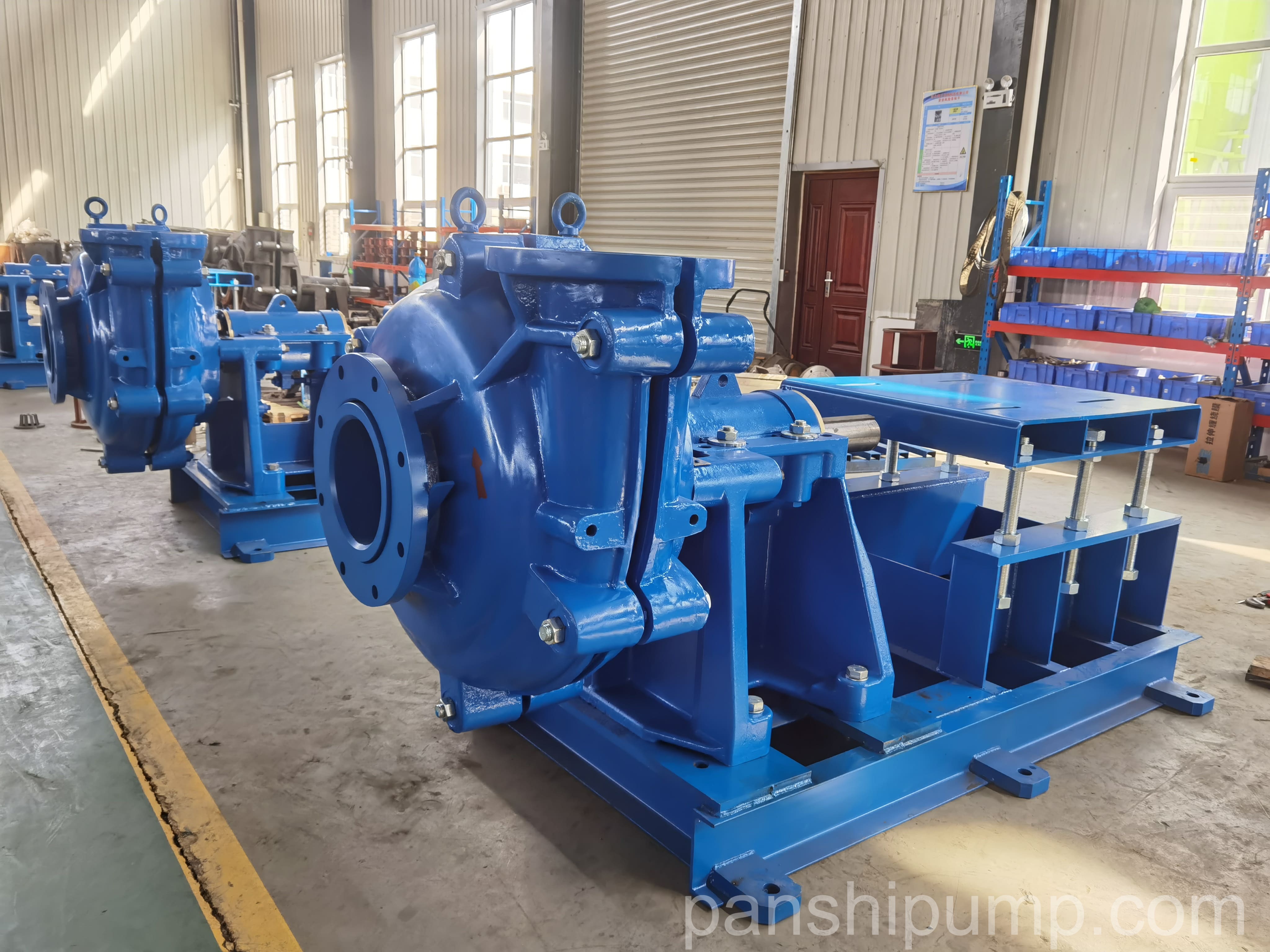
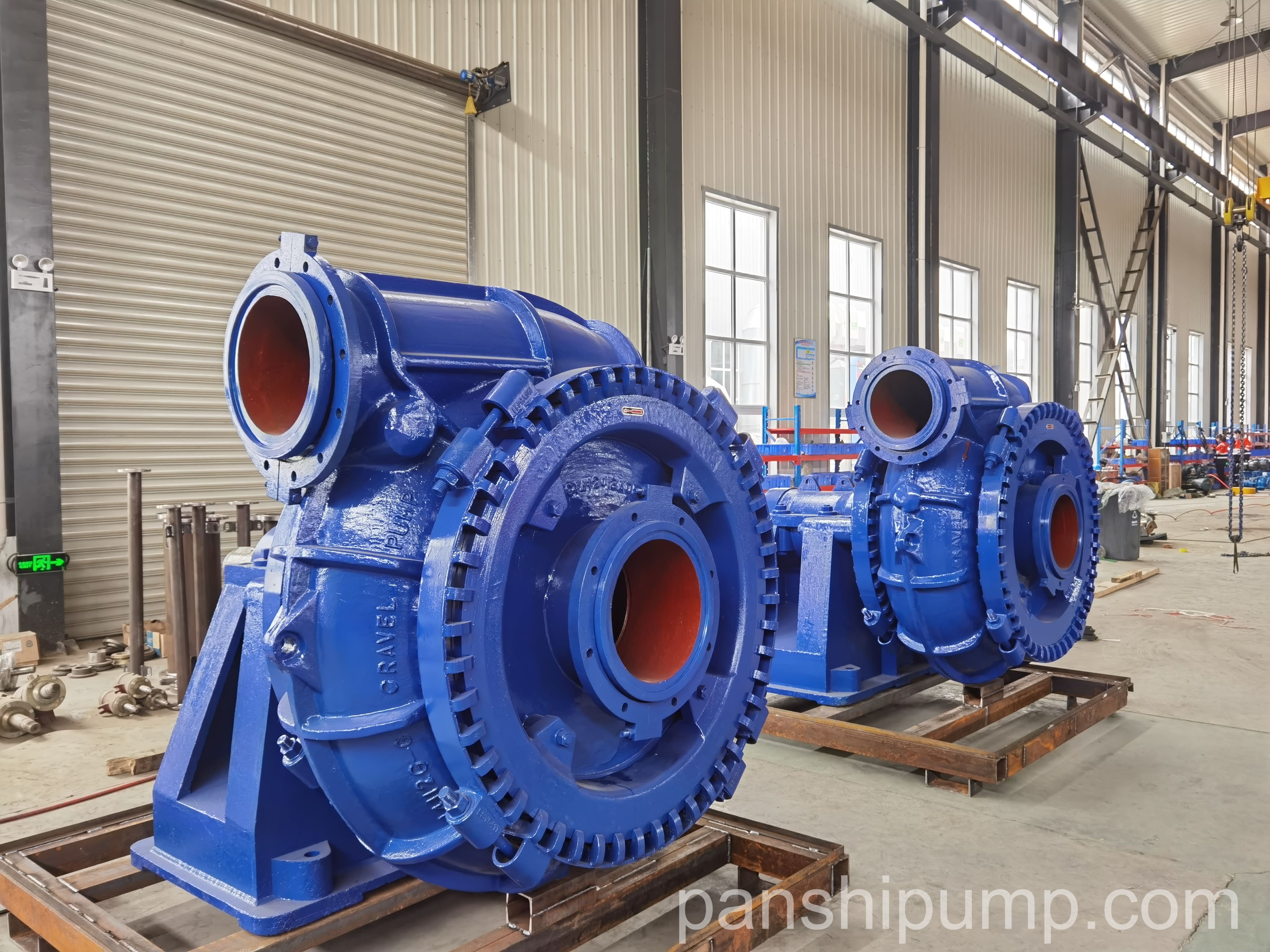
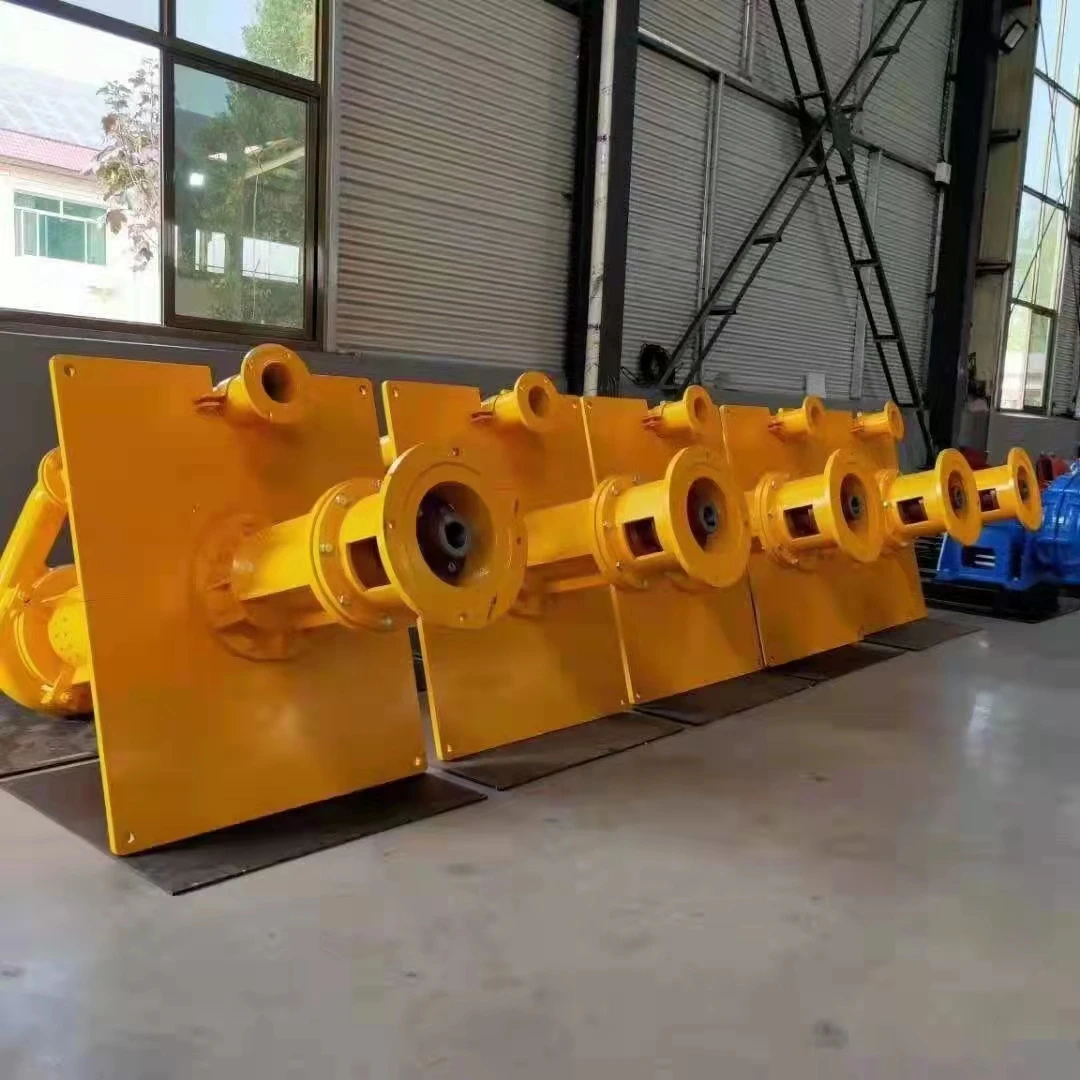
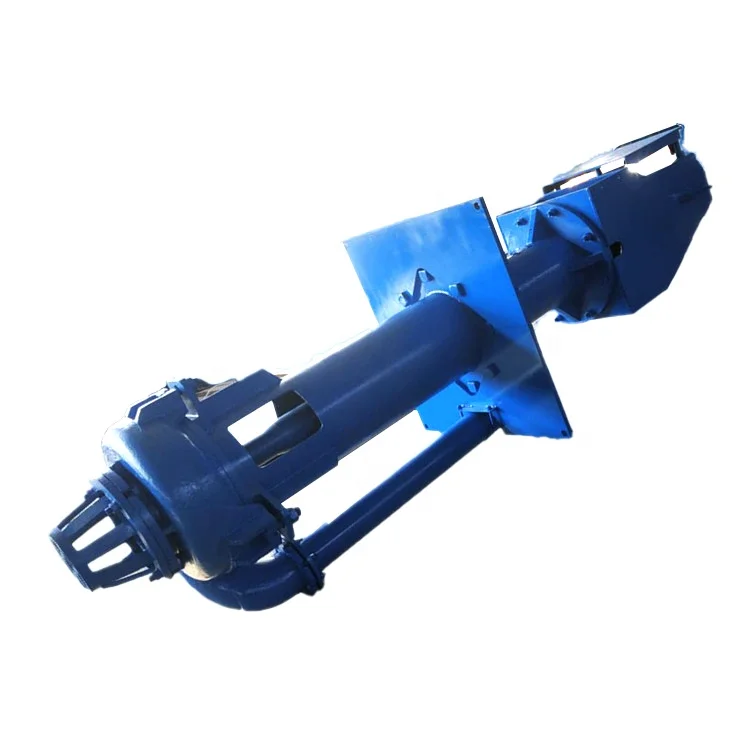
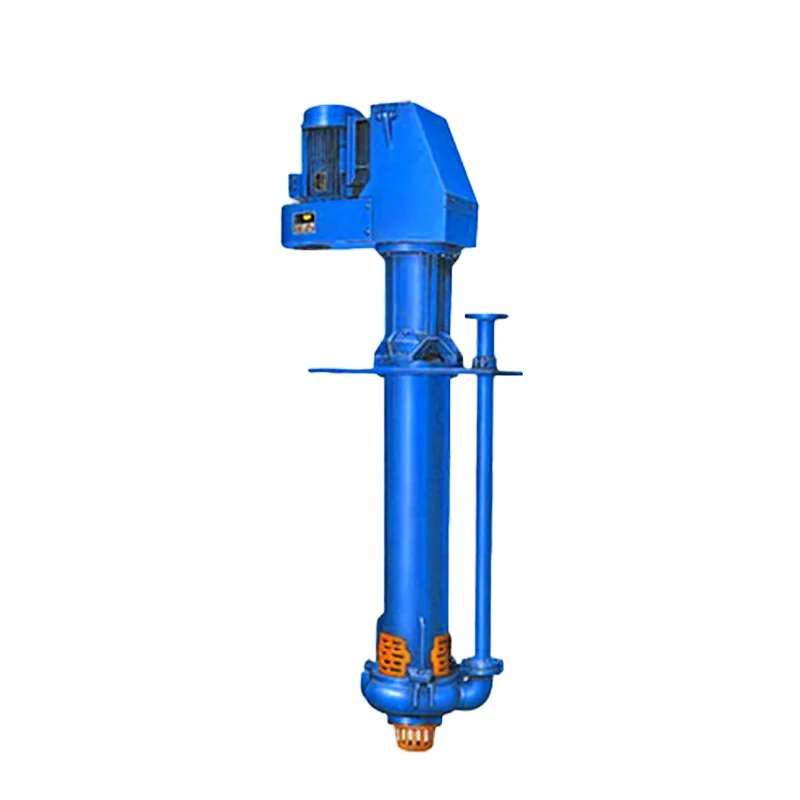
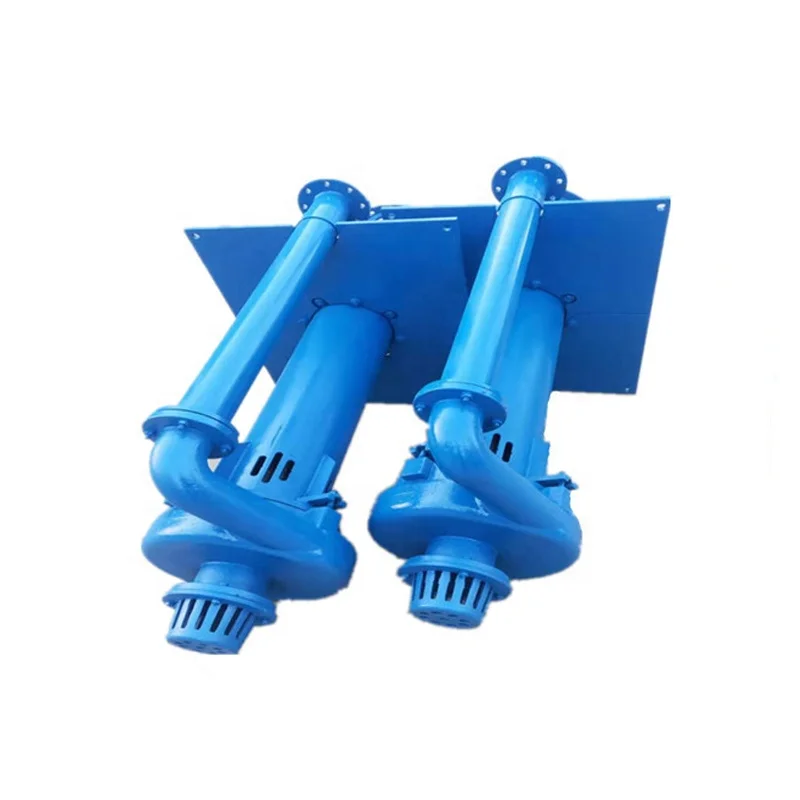




Please login to write a comment after